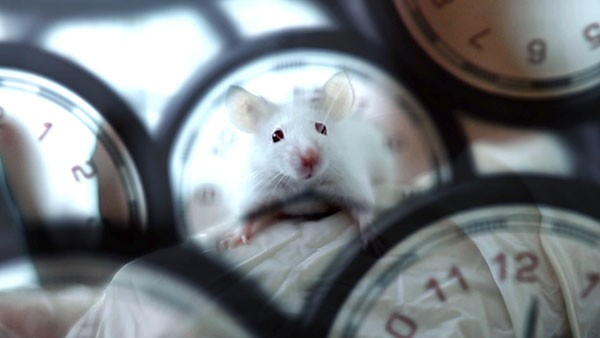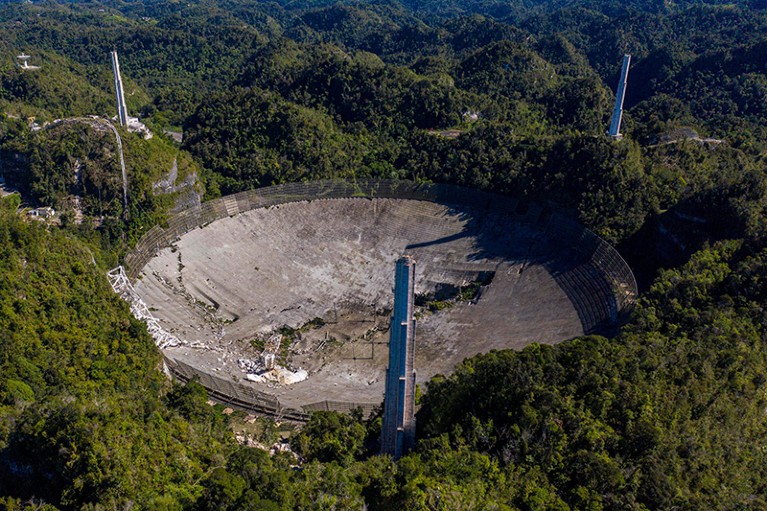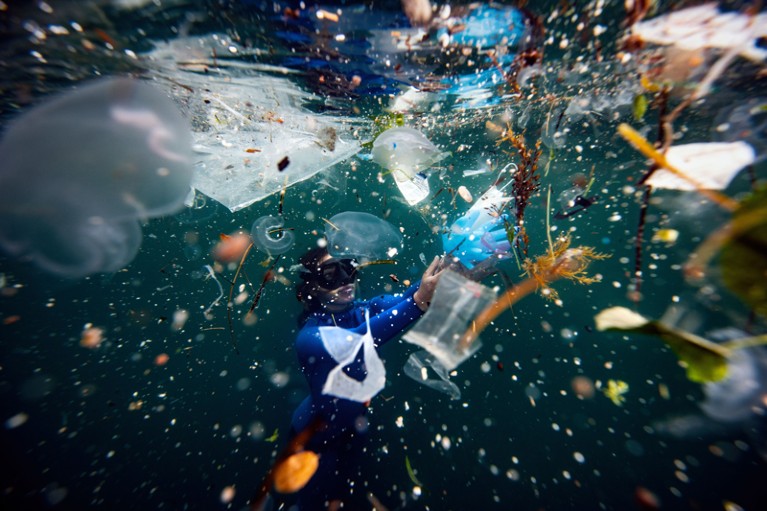Hello Nature readers, would you like to get this Briefing in your inbox free every day? Sign up here

Watch Nature Video’s introduction to the work to rewind the ‘biological clock’ in mice. (Nature on YouTube | 6 min video)
Vision regenerated in old and injured mice
Researchers have restored vision in old mice and in mice with damaged retinal nerves by resetting some of the thousands of chemical marks that accumulate on DNA as cells age. The work suggests a new approach to reversing age-related decline: reprogramming some cells to a ‘younger’ state in which they are better able to repair or replace damaged tissue. Researchers took genes known to cause cells to revert to a stem-cell-like state and inserted them into mice using a virus. They then triggered the genes to see whether they would help injured eye cells or those degraded by age. The results are “a major landmark” and “clearly show that tissue regeneration in mammals can be enhanced”, says developmental biologist Juan Carlos Izpisua Belmonte — but researchers caution that this result is still only in mice.
Reference: Nature paper
The science of the snap
Physicists have analysed the mechanism that underlies everything from Lego bricks to Ziploc bags: the snap fit. They simplified the ubiquitous connection, which forms when interlocking components click together to attach flexible parts, to a rigid cylinder and a plastic sheet. Most snap fits are easy to assemble but difficult to pull apart. This key quality “emerges from an exquisite combination of geometry, elasticity, and friction”, write study authors Keisuke Yoshida and Hirofumi Wada. Next: the ‘type-II snap’, which has the opposite qualities — it’s tough to click together, but easy to pull apart.
Reference: Physical Review Letters paper
Iconic Australian animals glow in the dark
Echidnas, wombats and bilbies are among the Australian mammals that glow under ultraviolet (UV) light. Scientists at the Western Australian Museum confirmed the effect in samples in their collection following the shock discovery last month of biofluorescence in platypuses (Ornithorhynchus anatinus). Many insects and sea creatures are known to be biofluorescent, but this trait has been identified in only a handful of mammals in the New World until now. “Their ears and tails shine bright like a diamond!” wrote the museum’s curator of mammalogy, Kenny Travouillon, of the sight of bilbies under UV light.
Reference: Mammalia paper
Image of the week

At 8 a.m. on 1 December, the Arecibo telescope’s instrument platform crashed into the dish below, tearing more gashes into an already damaged structure.Credit: Ricardo Arduengo/AFP via Getty
At 8 a.m. on 1 December, the Arecibo telescope’s instrument platform crashed into the dish below, tearing more gashes into an already damaged structure. No one was injured, even though the director of telescope operations, Ángel Vázquez, was near the control room at the time of the crash, clearing out valuable items in anticipation of another cable failure. Engineers captured the full extent of the collapse on a drone that was surveying the damage. Watch the heart-stopping footage and read first-hand accounts of the disaster. (Nature | 4 min read)

